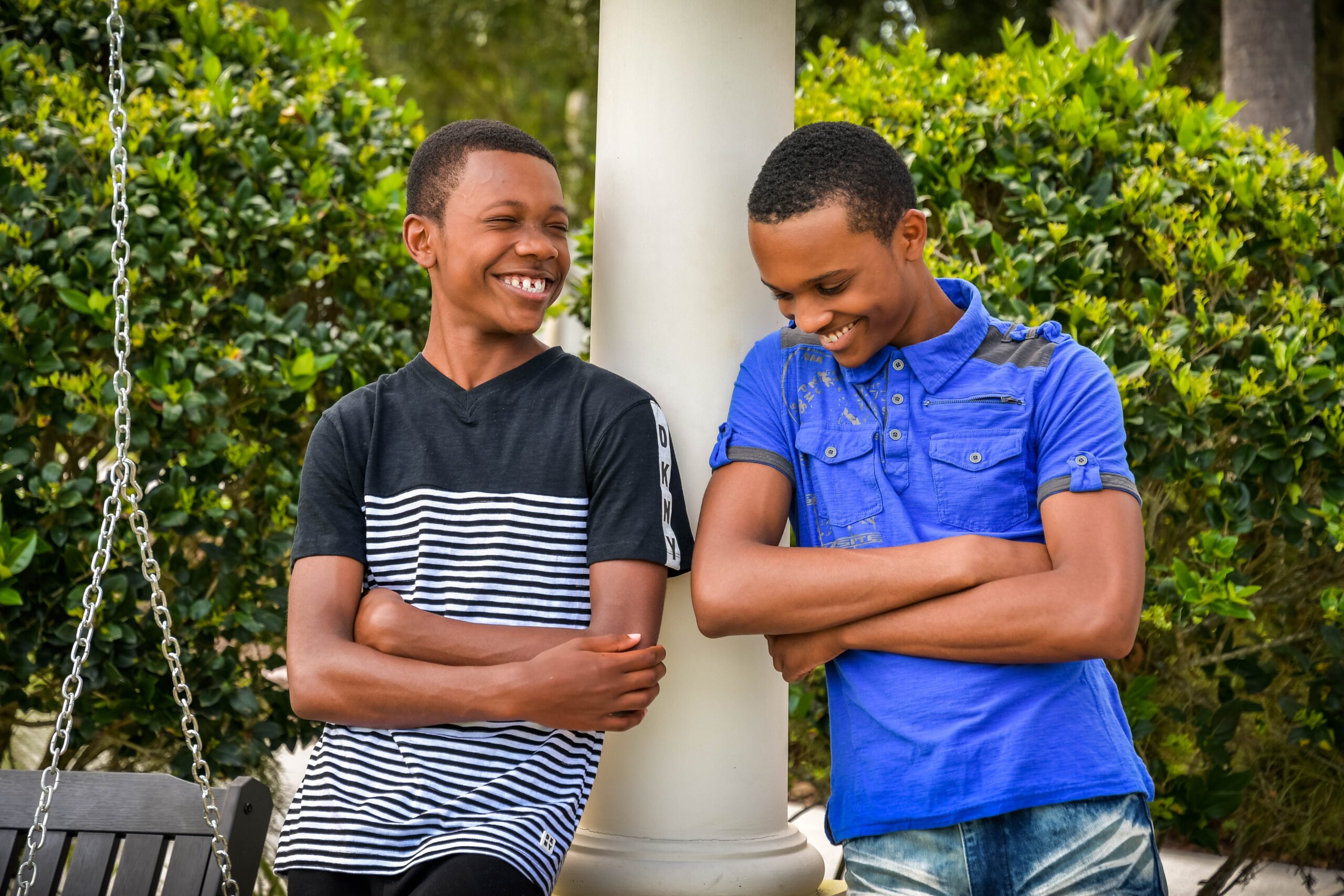
Restorative Justice (RJ) We have intentionally infused RJ practices into our framework. WAM empowers educators (using RJ, SEL, and CRT) to have a deeper understanding of the diversity in the Black and Brown student experience, resulting in stronger connections with students and improved educational outcomes. RJ Objectives Educators will be able to effectively implement “RJ circles” or “RJ corner/spaces” in their classrooms. RJ circles can be used to achieve a variety of goals, including building relationships, resolving conflicts, and enhancing instruction. Below are possible objectives for students. Students will develop an understanding of the principles and vocabulary of restorative justice. Students will learn how to use restorative questions to support conflict resolution and other types of communication. Students will be able to define restorative justice and what justice means to them. Students will be able to model empathic listening through role-playing. However, when you partner with WAM, we will work with you to develop goals that are tailored to the needs of your school or program. Interested? Click below to enroll in WAM Academy ENROLL NOW→ Follow us on social media! Facebook, Twitter, Instagram, and Linkedin.
